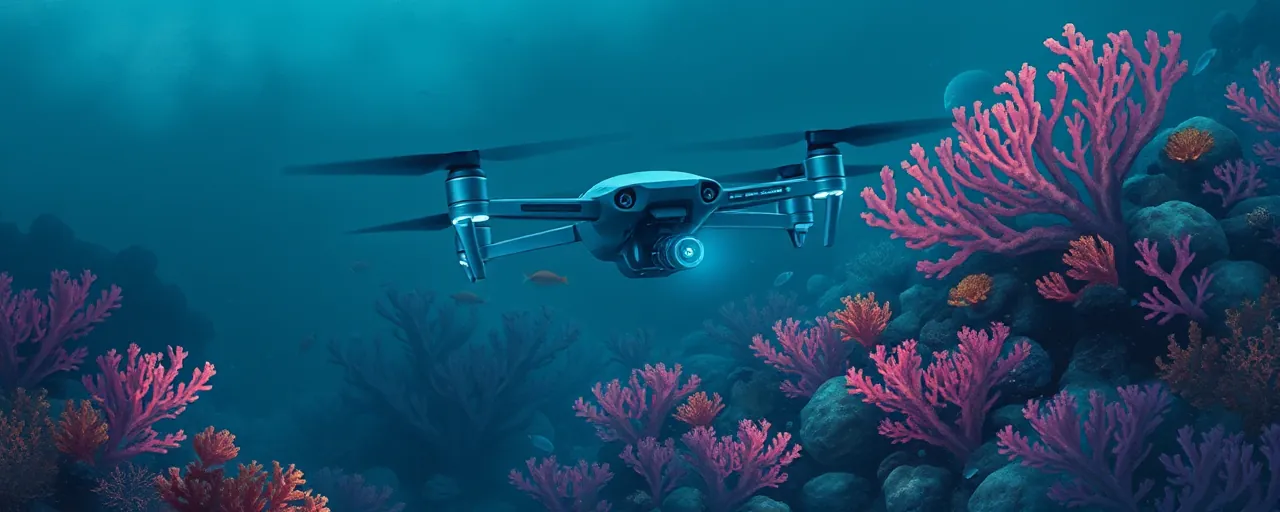A New Frontier in Maritime Defense
The underwater world, vast and mysterious, has long been a battleground for technological supremacy. On April 3, 2025, the AUKUS partnership, uniting Australia, the United Kingdom, and the United States, launched its latest effort to dominate this domain: the Maritime Innovation Challenge 2025. With a combined $9 million in funding, this initiative invites commercial companies to develop cutting-edge solutions for undersea warfare, focusing on autonomous systems and real-time communication. It’s a bold move to secure national interests in an era where maritime threats are evolving fast.
This isn’t just about military muscle. The challenge reflects a broader push to protect critical infrastructure, like submarine cables that carry over 95% of global data, and to maintain stability in regions like the Indo-Pacific. The AUKUS trio aims to harness private-sector ingenuity to tackle complex underwater conditions, from murky depths to contested zones. For those unfamiliar with defense lingo, think of it as a high-stakes tech race with real-world stakes, jobs, and security on the line.
What’s at Stake Beneath the Waves
The challenge zeroes in on enhancing uncrewed maritime operations. Companies are tasked with creating systems that let underwater vehicles talk to each other and to command centers almost instantly, even in harsh environments. Picture autonomous drones navigating the ocean floor, dodging obstacles, and relaying intel without a human hand on the wheel. The goal? Sharper decision-making and stronger defenses. The Defense Innovation Unit in the U.S., alongside its Australian and UK counterparts, is driving this effort under AUKUS Pillar II, a framework set up in 2021 to boost advanced tech collaboration.
History offers context here. During the Cold War, underwater tech was a military obsession, from spy subs to mine detectors. Today, the focus has shifted to autonomy and AI, with systems like Hydrus showing how far we’ve come, blending acoustic modems and smart navigation for solo missions. Yet, the stakes are higher now. Rising tensions in places like the South China Sea, where undersea cables and trade routes crisscross, make these innovations vital for keeping the peace, or at least holding the line.
The Tech Race Heats Up
So, what’s on the wishlist? Solutions need to deliver near real-time chatter between undersea vehicles, seabed sensors, and battle management systems. They also have to juggle tasks dynamically, assigning the right drone to the right job in chaotic settings. Bandwidth and range matter too; these systems need to work in jammed or noisy waters. With applications closing April 28 and a tech readiness level of 6 required, meaning prototypes must already function in real-world tests, the bar is high. Between three and ten proposals will split the $9 million pot.
Beyond the military, there’s a commercial angle. These same technologies are popping up in oil exploration, marine research, and cable maintenance. Advocates for innovation say this dual-use potential could spark jobs and growth, while others warn of risks, like tech leaking into the wrong hands. Cybersecurity adds another layer of urgency. Underwater networks, prone to sabotage or hacking, demand robust protections, a concern echoed by recent U.S. regulatory moves to tighten submarine cable security.
Voices From the Deep
The AUKUS effort isn’t without debate. Supporters, including defense officials across the three nations, argue it’s a game-changer for deterrence, knitting their forces into a tighter, smarter network. They point to last year’s Electronic Warfare Challenge as proof the model works, delivering fresh tools to counter threats. On the flip side, some international observers worry it fuels an arms race, especially in the Indo-Pacific, where China’s growing naval presence looms large. The nuclear sub deal from AUKUS’s early days already stirred that pot; this challenge keeps it simmering.
Meanwhile, tech experts highlight the hurdles. Underwater communication lags behind land-based systems, plagued by slow speeds and glitchy signals. Acoustic waves, the go-to method, bend with temperature and salinity, and optical tricks only work up close. Still, breakthroughs like AI-driven bandwidth tweaks offer hope. For the average person, it’s a reminder that the ocean isn’t just a backdrop, it’s a frontline shaping global power and connectivity.
Looking Ahead
The Maritime Innovation Challenge 2025 wraps up a busy stretch for AUKUS. Since its 2021 debut, the pact has rolled out nuclear subs, robotic trials, and now this. It’s a slow burn, though, legislative snags and funding murk have slowed some projects. Yet the vision holds: a web of autonomous systems guarding the seas, blending military might with commercial savvy. Success here could redefine how nations protect their underwater turf, from trade lanes to data highways.
For those watching from the sidelines, it’s a glimpse into a hidden war of wits and wires. The ocean’s depths are no longer out of sight, out of mind. They’re a proving ground where technology meets geopolitics, and the outcome will ripple far beyond the waves. Whether it’s a win for security or a step toward tension, one thing’s clear: the race beneath the surface is just getting started.
